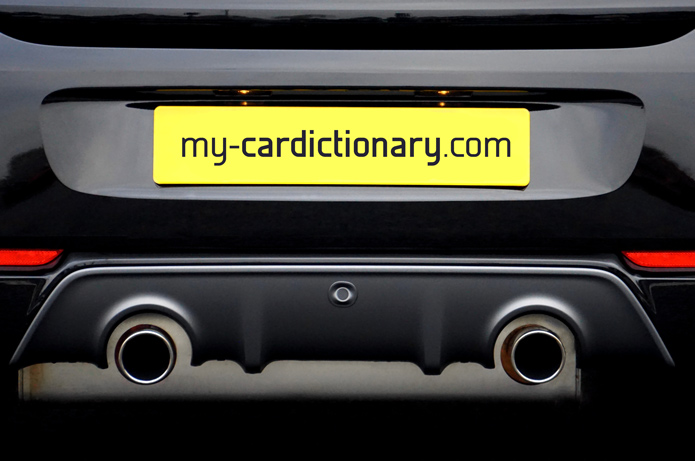Magazine
What does a registration plate tell you?
• Understanding the meaning behind the letters and numbers
• Rules for registration plates
• Personalised plates
What do the letters and numbers mean?
The registration plate is such a standard feature of a vehicle, that many don’t even think of its significance. However, it’s a vital tool through which to find out important information about the vehicle, including its age, or more accurately, when it was registered with the licencing authority. But, first a little history.
The Motor Car Act 1903 that came into force in January 1904, meant that a motor vehicle had to display an alphanumeric registration plate, but it wasn’t until 1963, that an indication of the vehicle’s year of registration was included. This was achieved by adding a single capital letter following a sequence of three numbers at the end, starting naturally enough with ‘A’.
Initially this date letter covered the January to December calendar year, but in 1967, rather confusingly, the registration period was changed to the 12 months from August until July, meaning vehicles of the same letter, could in fact, be registered in different years!
Although, due to their similarity to numbers, some letters such as ‘I’ and ‘O’ were skipped, the format remained the same until 1983, by which time the options for this method had run out. So, from then until 2001 the system was swapped around and the age was identified by a single capital letter at the start of the registration sequence, again with certain letters omitted. However, in August 1998 another change was introduced, which cut the period the letter was ‘current’, from 12 to six months and this ushered in the now familiar March to August and September to February registration periods.
By 2001 the available letters to start the sequence had again been exhausted, so from September 2001, the current style of the two numbers in the middle identifying the registration period, was introduced.
The current vehicle registration format is:
• Two letters at the beginning, which refer to the region in the country where the vehicle was registered
• Then, the two numbers mentioned previously that identify the date the vehicle was registered
• Finally, three letters that are selected at random
In this system, if the vehicle was registered between March and August of, for example 2012, the two numbers would be 12, indicating the first six-month period, which doesn’t span two years. However, if it was registered between September and December in the same year, or in January and February of the following, it would be 62, indicating the second six-month period that does span two years – the ‘six’ replacing the ‘one’ in the first instance. This is the same system used for every vehicle registered since September 2001, so the first registration of the new era was a ‘51’, whereas in the 2010’s, the spanning period was indicted by a ‘six’, for the 2020’s it’s now ‘seven’ and, all things being equal, it’ll be ‘eight’ in the 2030’s.
Alternatively, if all this sounds too complicated, owners can simply put a vehicle’s registration into the Government’s website to confirm its year of registration: vehicleenquiry.service.gov.uk.
Rules
There are also specific rules about registration plates, for instance, they must:
• be made from a reflective material
• display black characters on a white background for the front plate
• display black characters on a yellow background for the rear plate
• not have a background pattern
• be marked to show who supplied the number plate
• be marked with a British Standard number - this is ‘BS AU 145e’ for plates fitted after 1st September 2021
Personalised plates
If an owner would like to personalise their registration plate, then this is still possible, but only through a registered supplier, as there are specific fonts styles and sizes that must be adhered to. However, it obviously can’t be the same as another plate in the UK as each vehicle needs to be able to be easily distinguished from another.
Personalised plates however can also be costly, with particular sequences spelling out names or notable words achieving quite staggering premiums. Irrespective of the actual designation, the owner must inform the DVLA and their insurance provider of the change.

